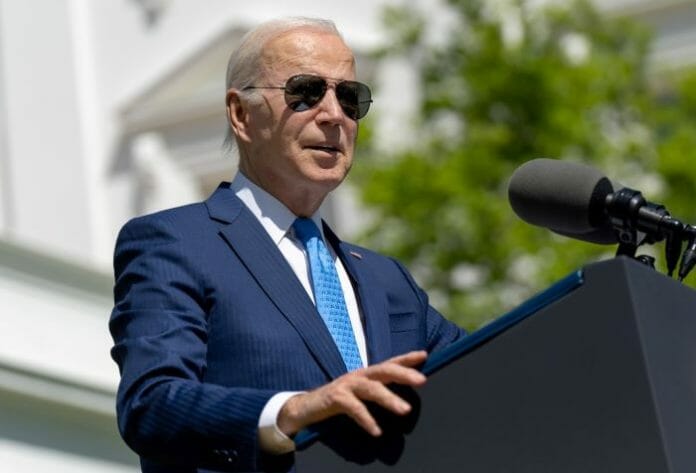There is some hope forming around the Hill at the start of the week that real progress may finally be made in reaching an agreement on the US debt ceiling.
Have the Democrats been playing a giant game of good cop bad cop? As President Biden remained adamant there would be no negotiations or compromise, but behind closed doors we can see real progress has been occurring.
Both sides dug their heels in quite deeply this time round. Now, there are early signs with an important meeting now scheduled for Tuesday, that a successful compromise is close at hand. Tuesday could be a make or break on the current debt default risk crisis.
Even if a debt default were to occur, a solution would likely be found shortly thereafter. Resolution developments at this time should provide some support for equity, currency, and bond markets.
However, there are other deeper economic concerns still afflicting the US outlook.
It is becoming ever more evident that core inflation may be increasing again, and worryingly inflation expectations could be rising too. All this, while consumer confidence continues to plummet in the direction of a major recession.
The University of Michigan Consumer Confidence index fell sharply on Friday. There was hope of some rebound, given how catastrophically low confidence already was. Yet, it returned to falling sharply.
The important thing to note about this number is the historic perspective of having only been at these levels on two previous occasions. In the early 1980’s crisis and during the Global Financial Crisis. These are horrific levels of confidence that most definitely point to a looming and significant recession coming the US way, and almost immediately.
Even more, telling is that in recent history, US Consumer Confidence has now fallen twice as heavily as the levels it sank to during the covid-disruption-lockdowns period. Imagine, US consumer confidence is now far worse than it was during actual lockdowns.
Also, inflation appears to be stabilising at extremely high and too uncomfortable levels for the Federal Reserve. The probability of a pause remains, but such probability is now moderating. Even with a pause at the next meeting, the Fed will undoubtedly maintain a clear tightening bias. The economy will be continuing to slow, and the Banking crisis will only get worse through the second half of this year.
This really is ‘run for the hills’ stuff in the field of economic analysis. In four decades of front-line economic and financial market analysis, I have never seen such a formidable matrix of economic realities confronting the US economy.
Should the debt ceiling crisis be averted, even then, there is just far too much going on to be concerned about, to return to buying US assets.
There is likely more pain and downside ahead for US property prices, stocks, and bonds.
The US dollar may well experience some further near-term strength as the basis of a hopeful debt resolution, but in the longer term, it too appears headed for further devaluation.
Market commentary and analysis from Clifford Bennett, chief economist at ACY Securities









